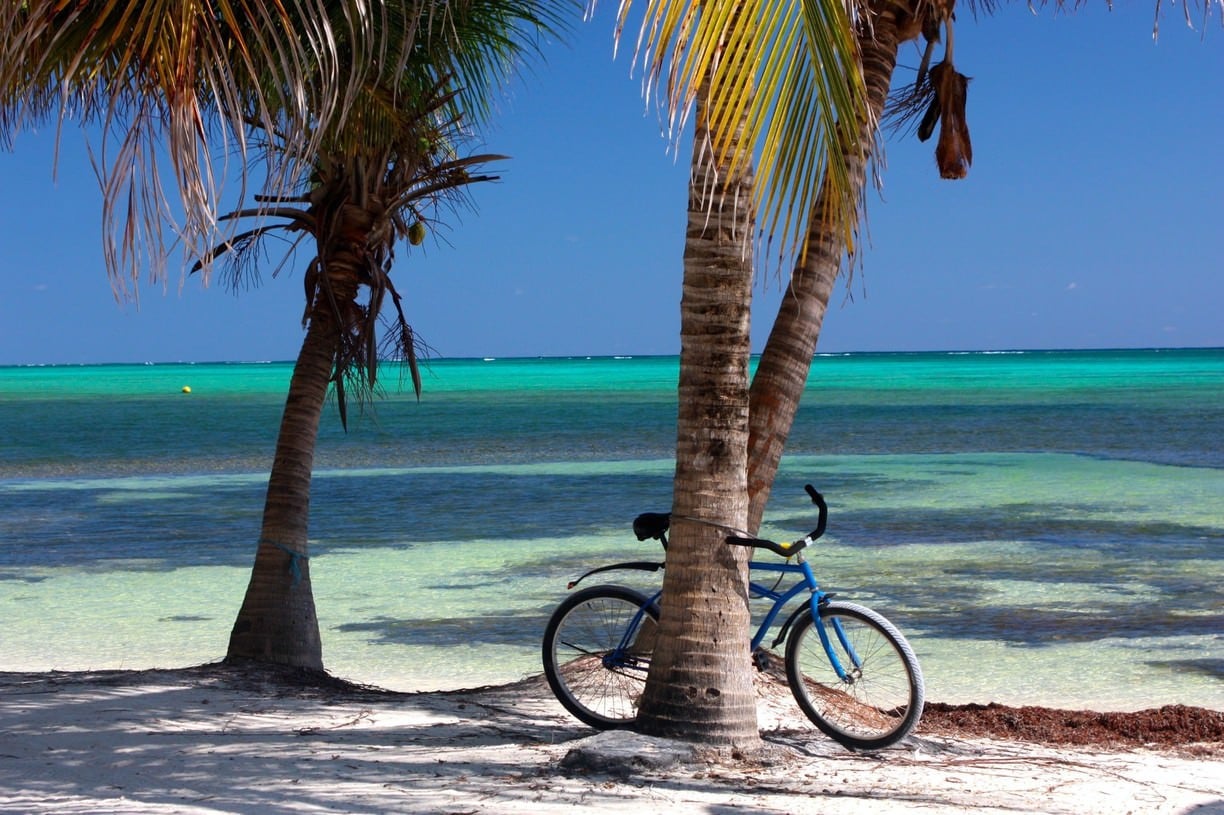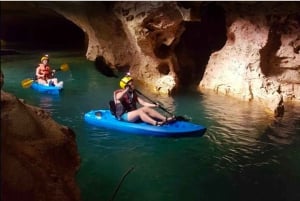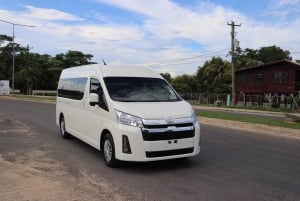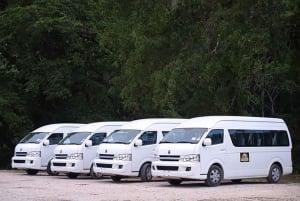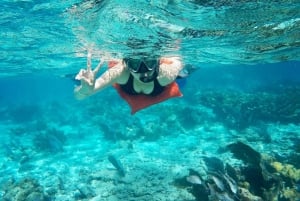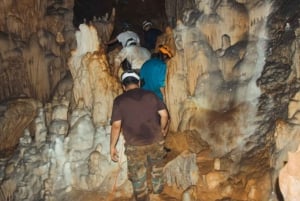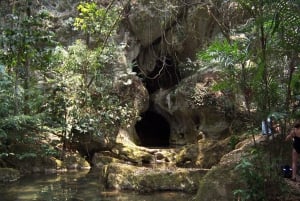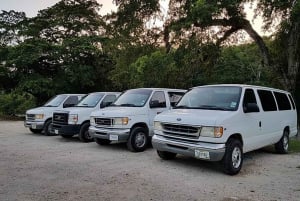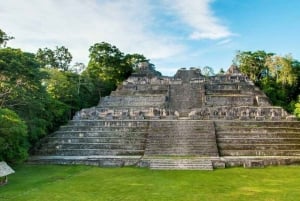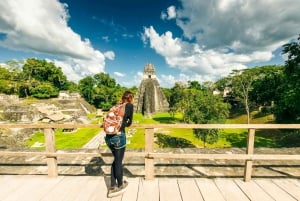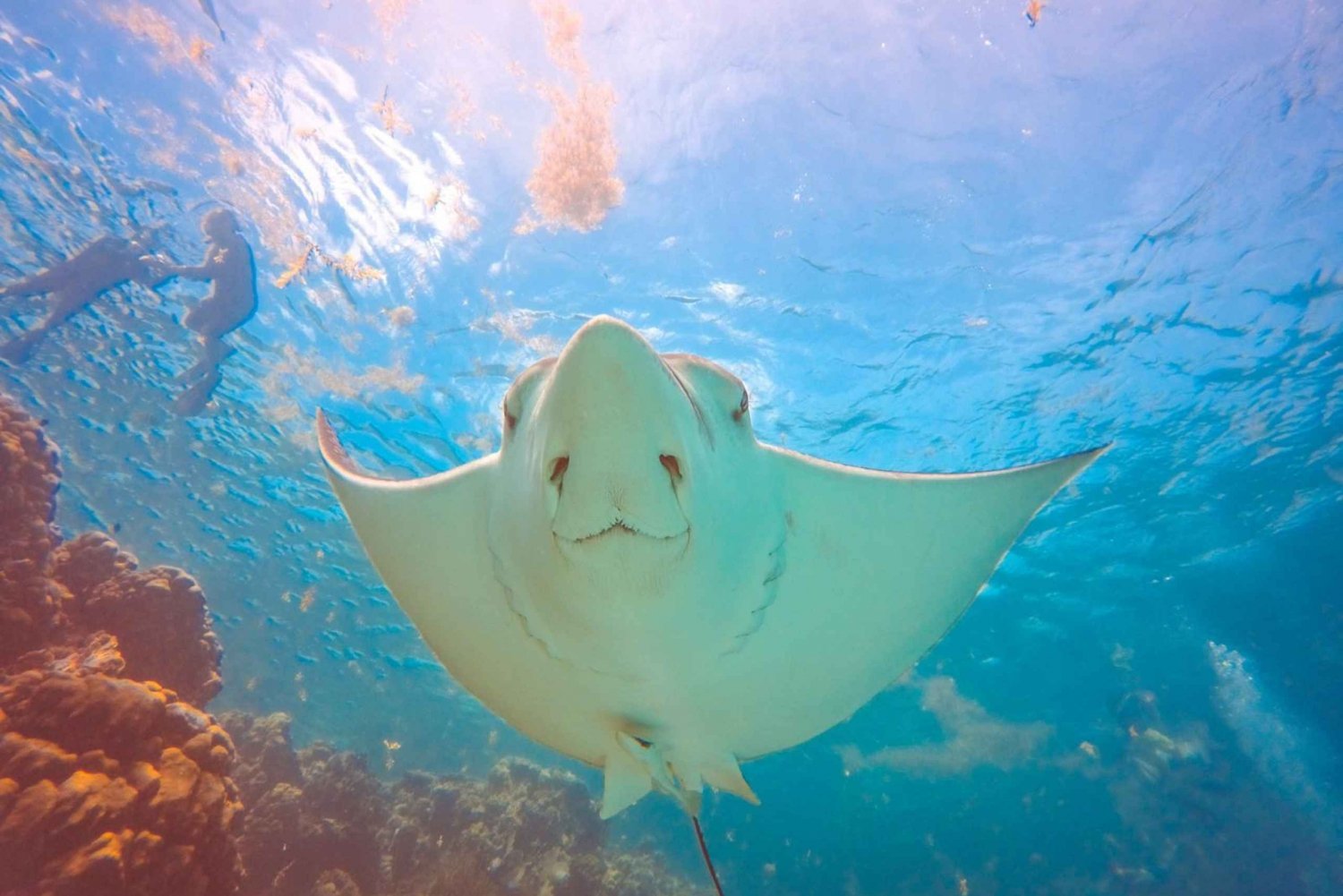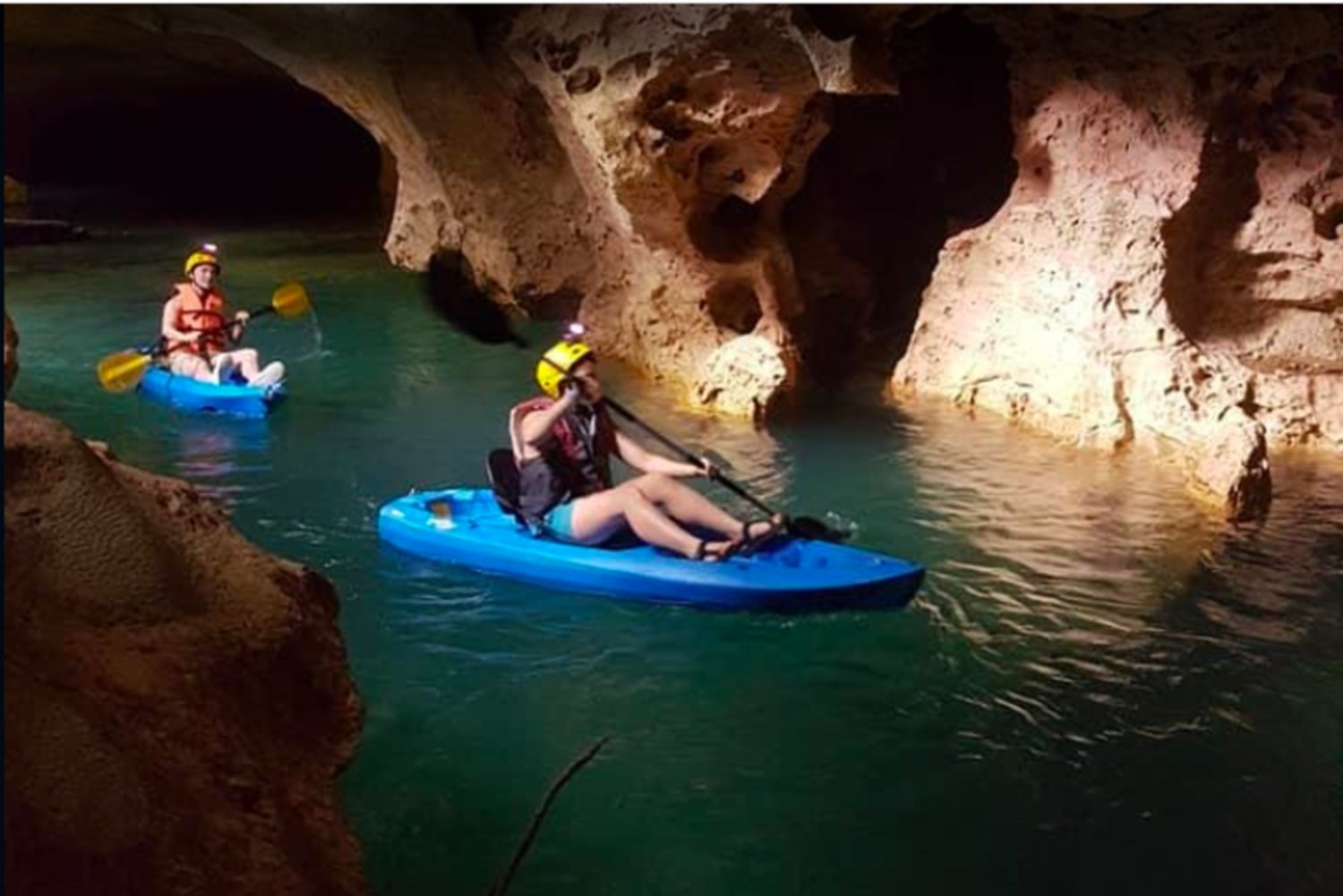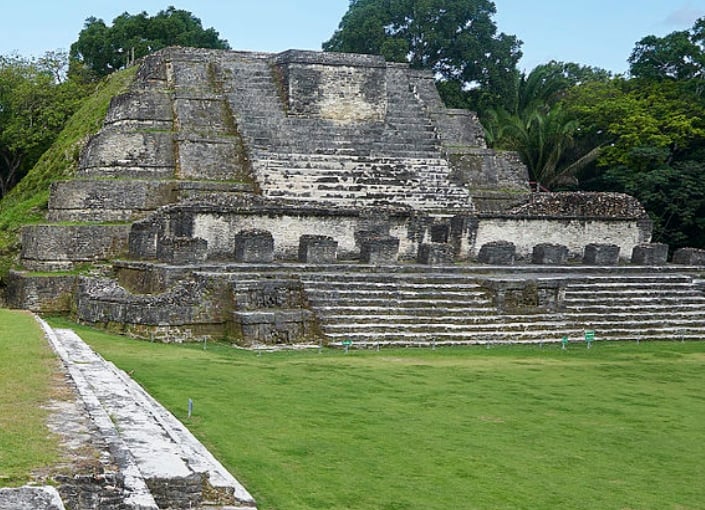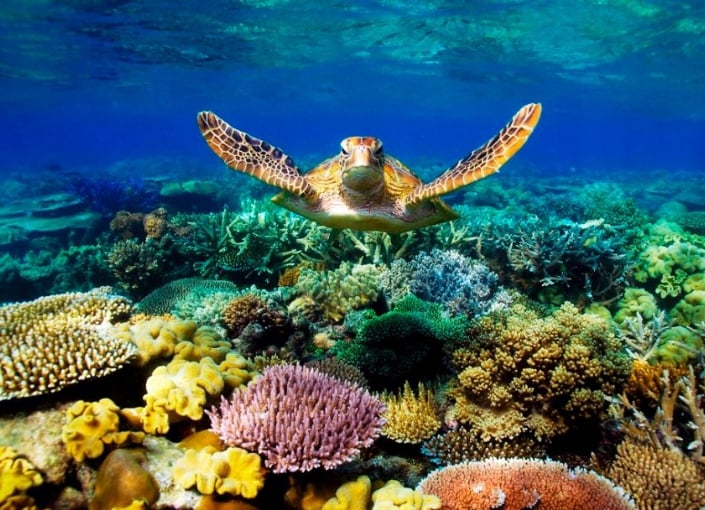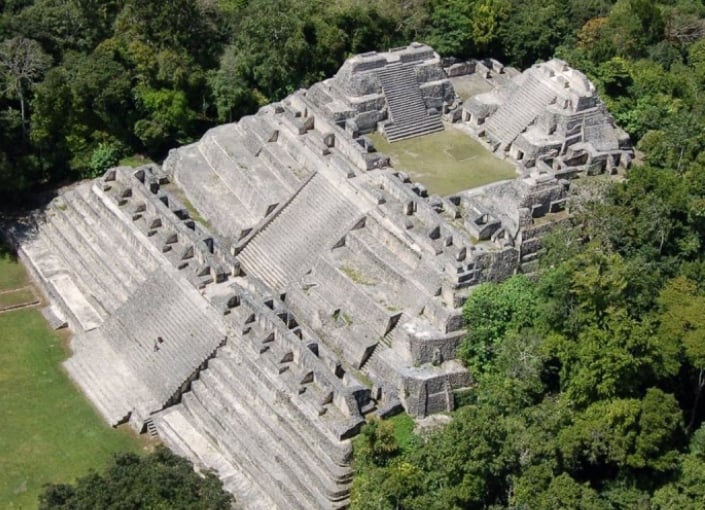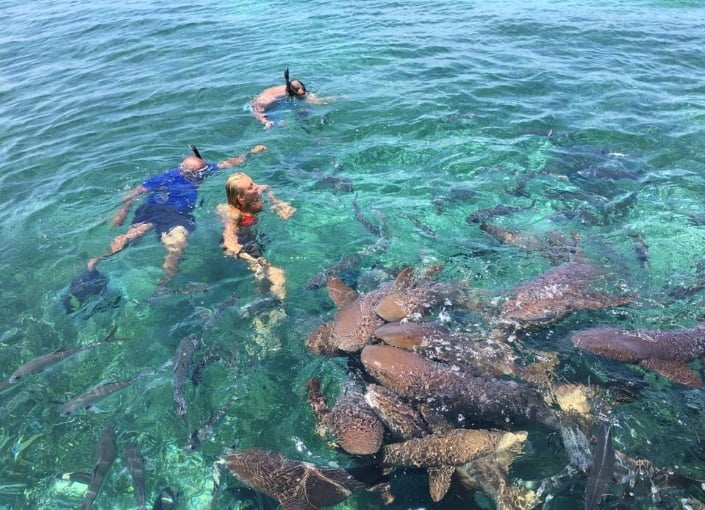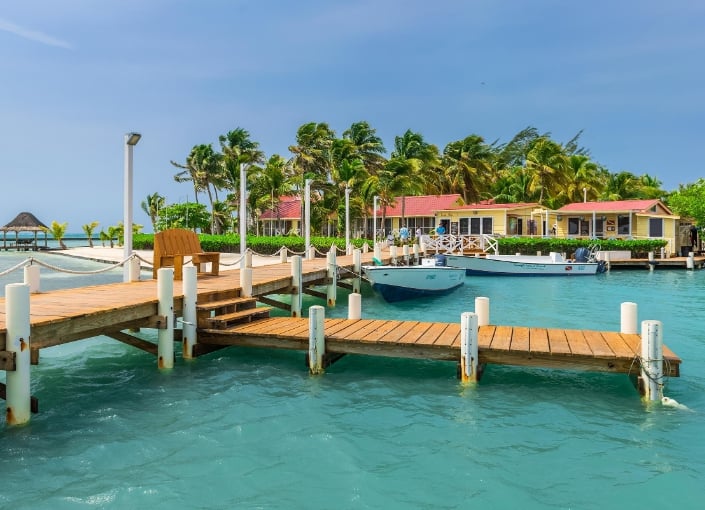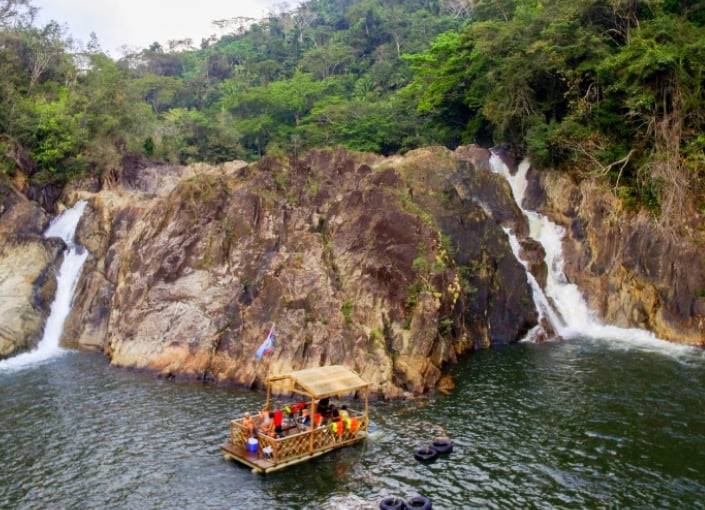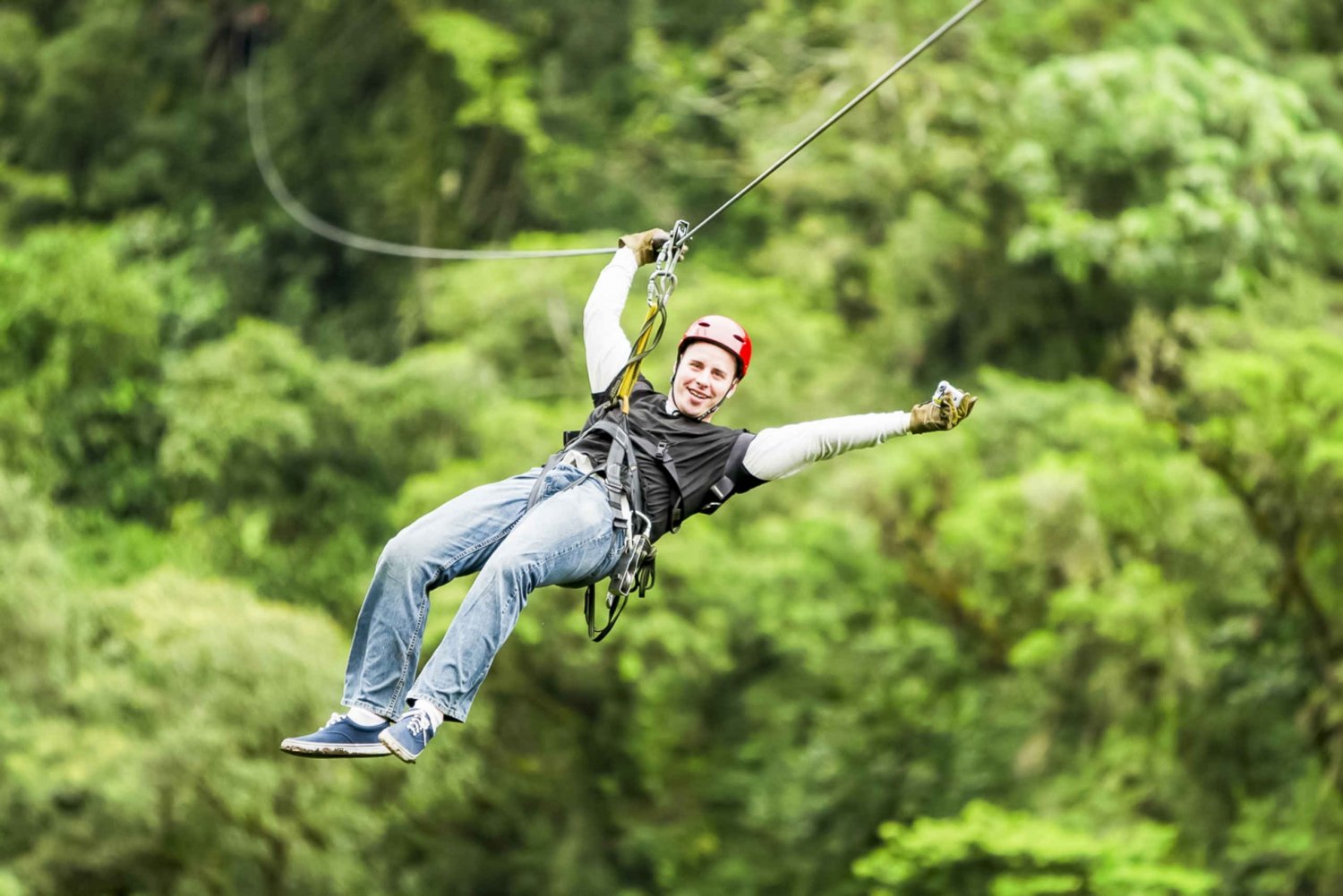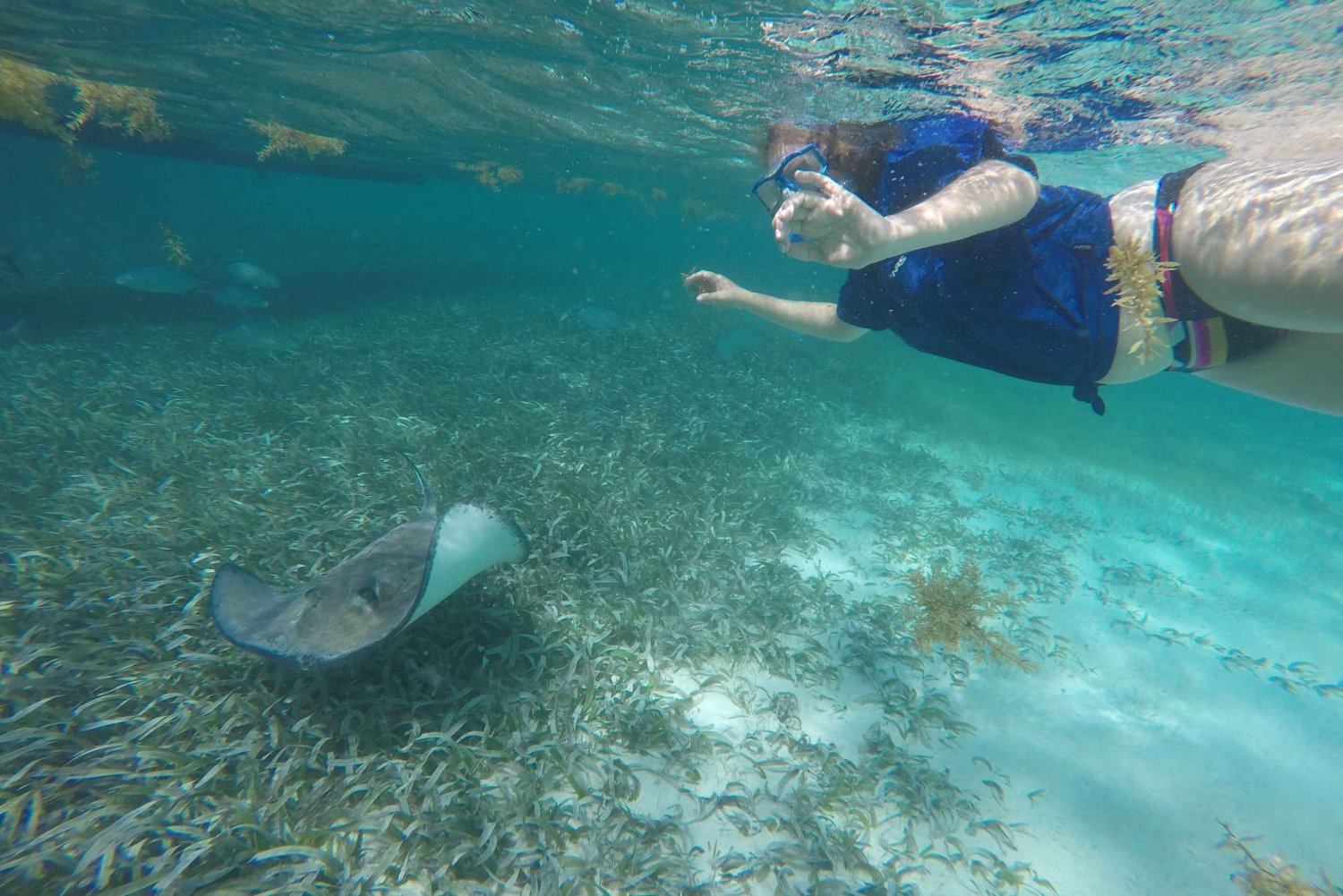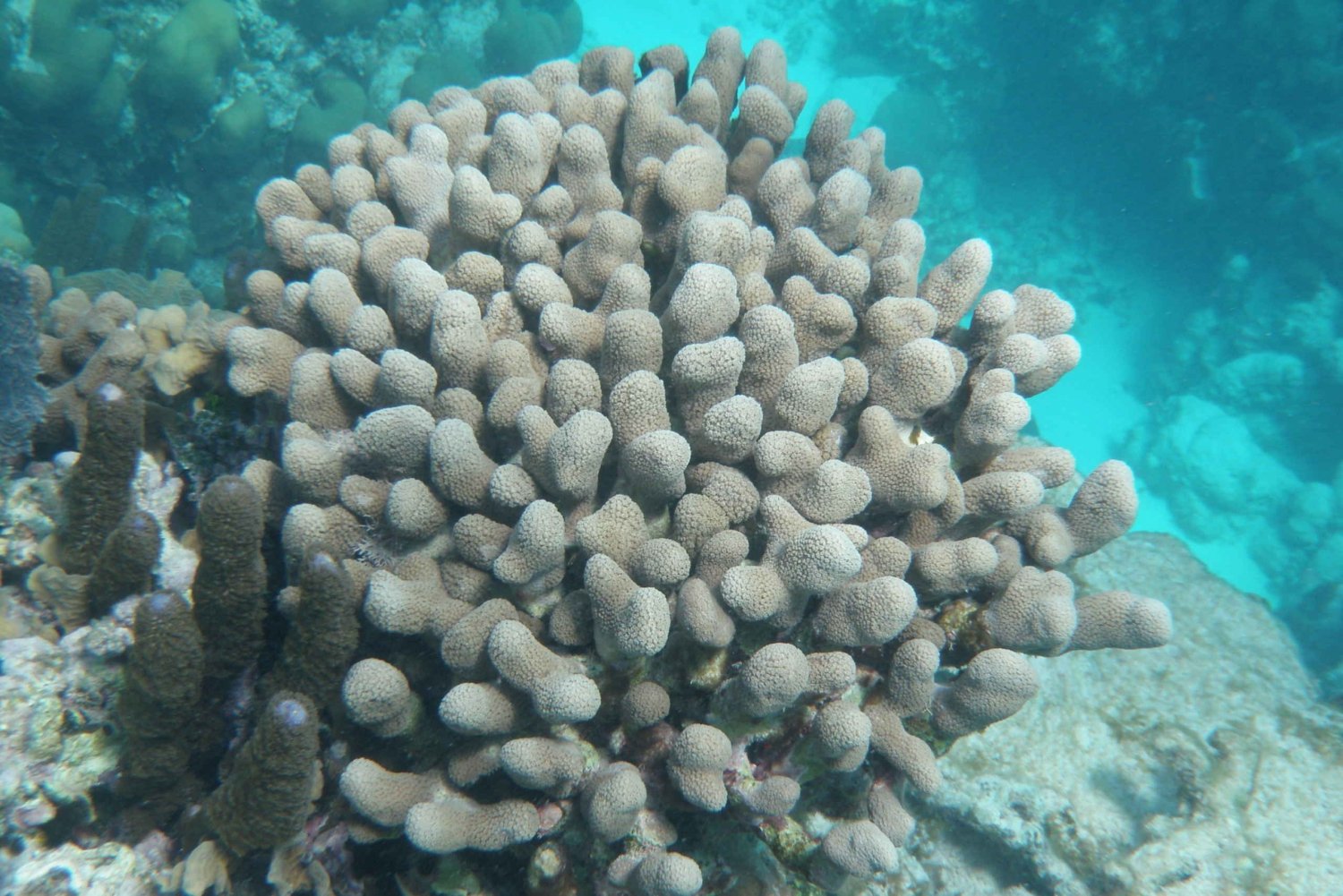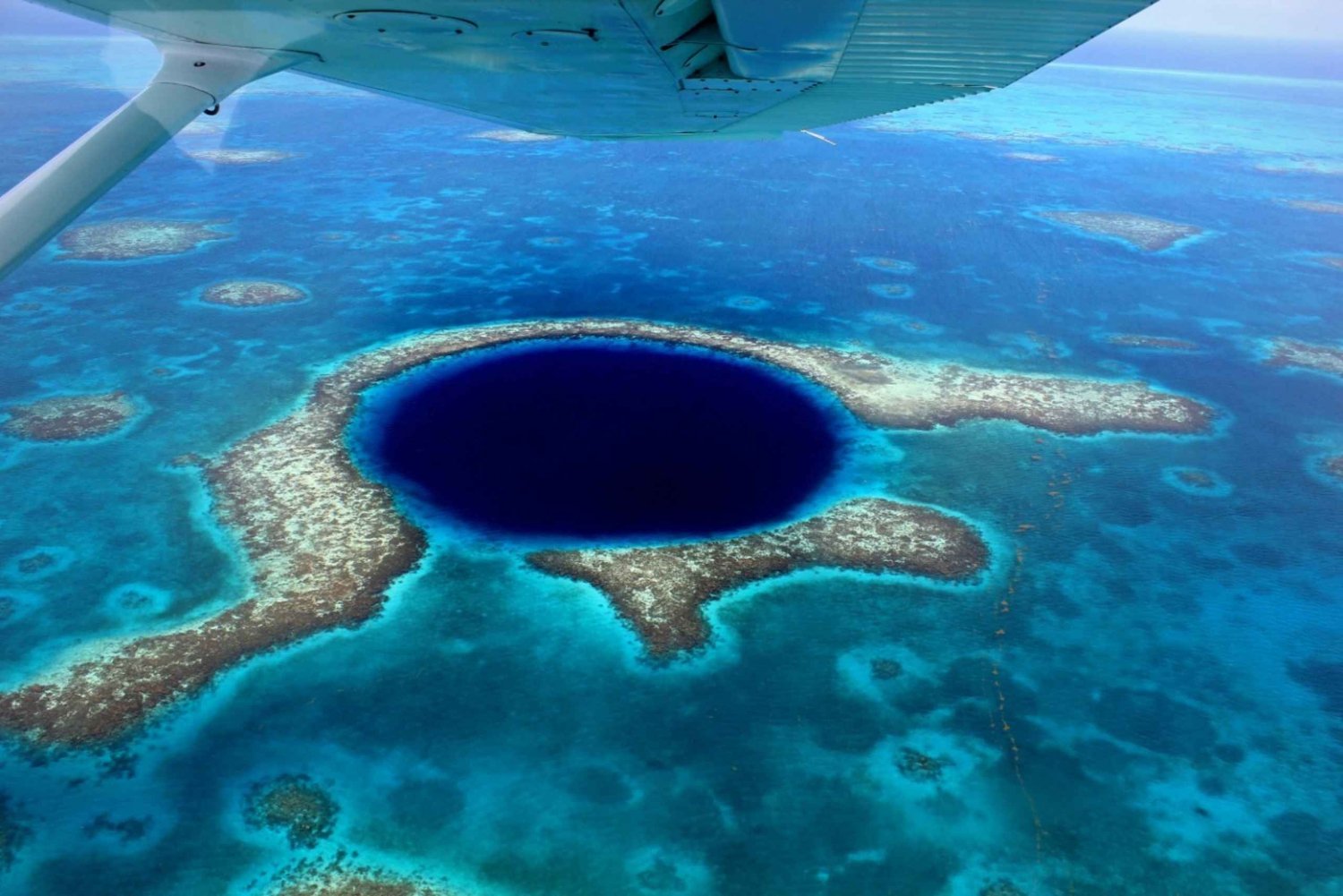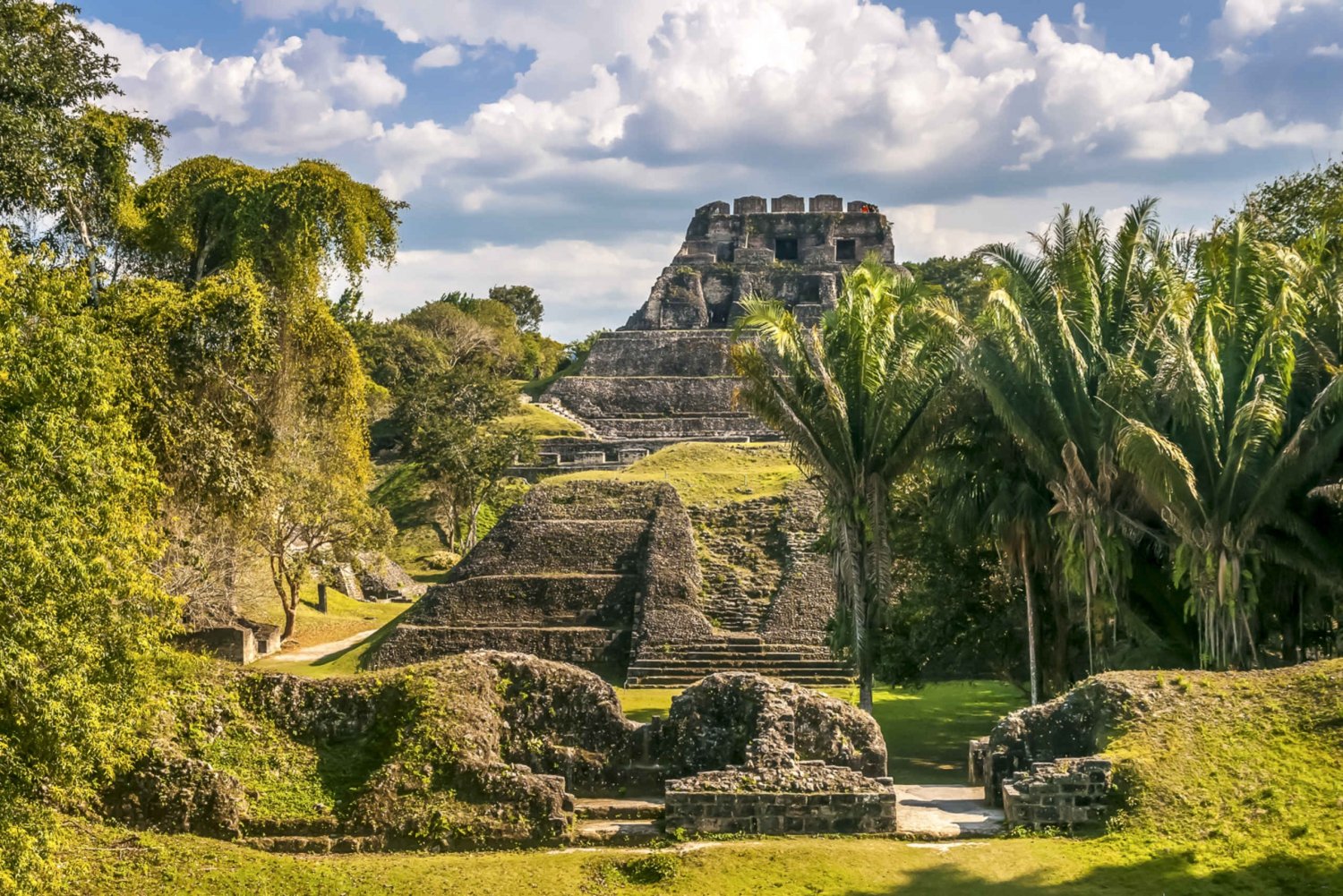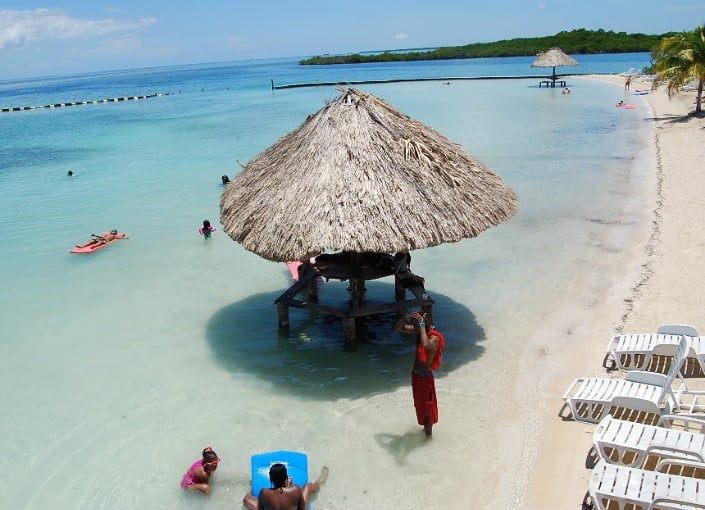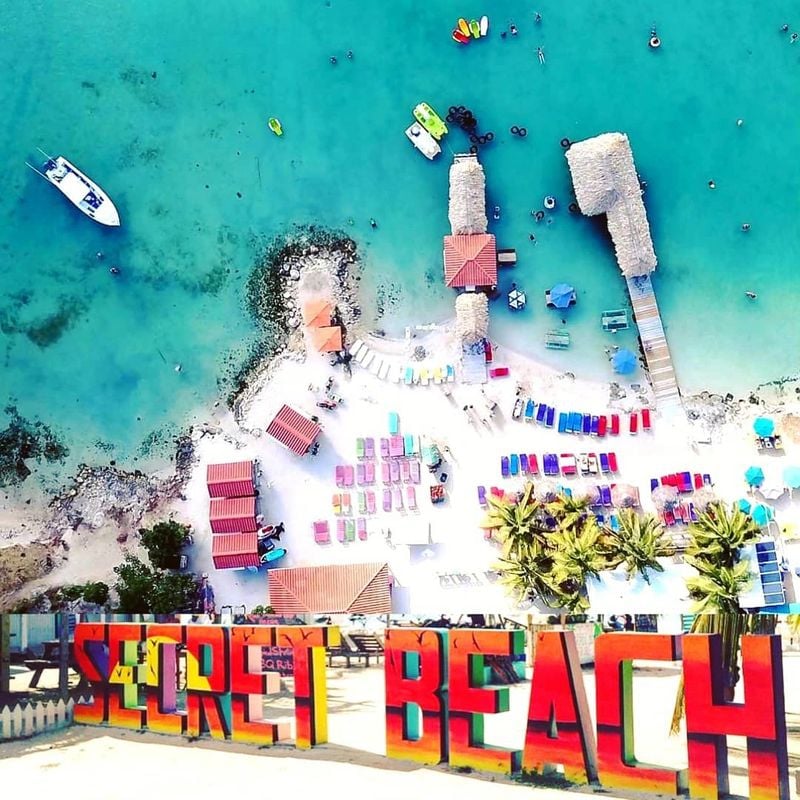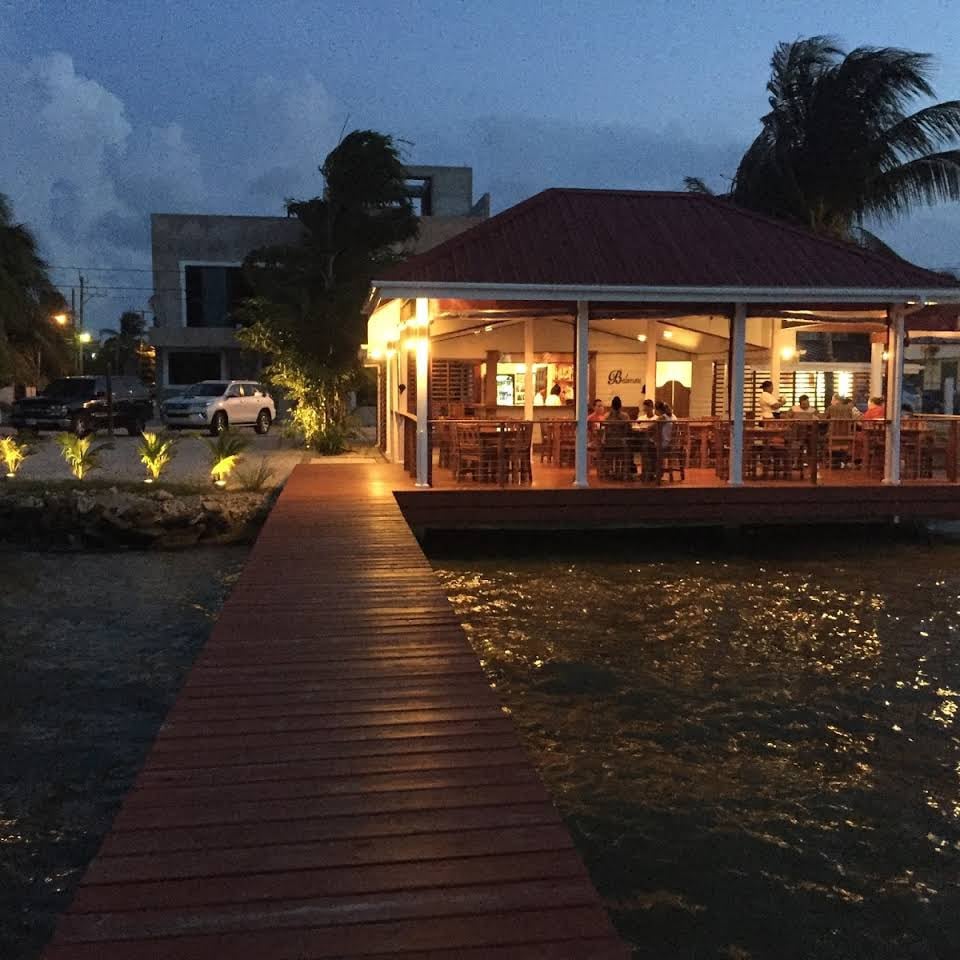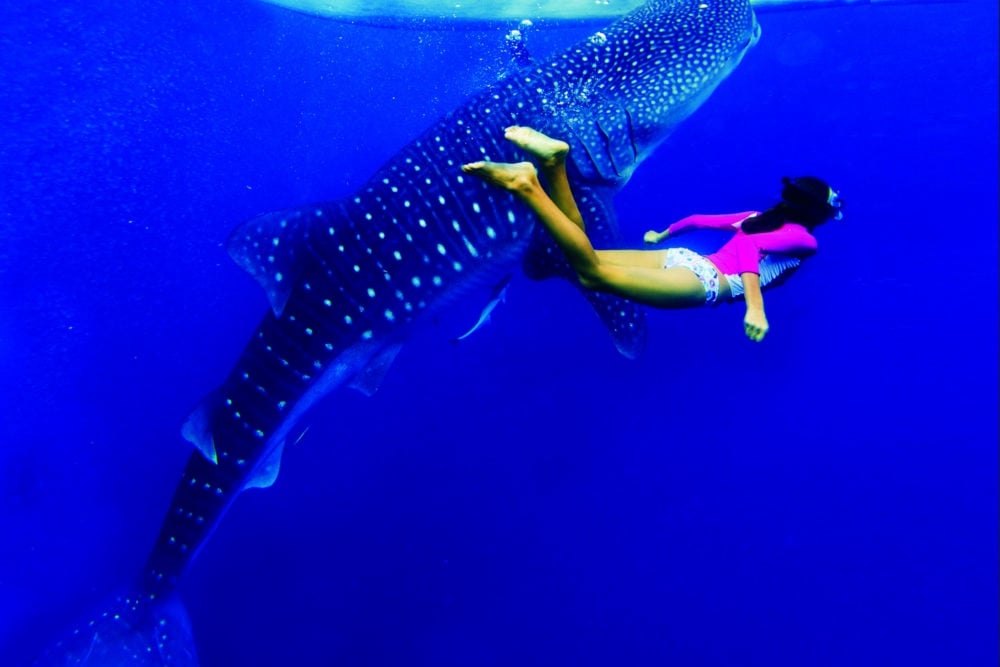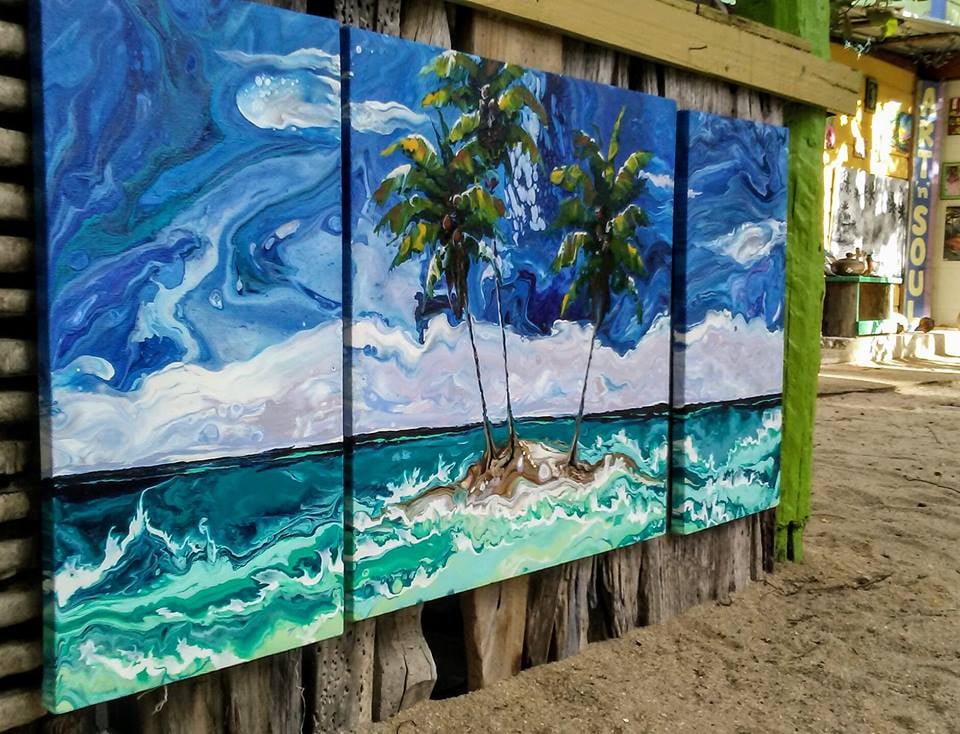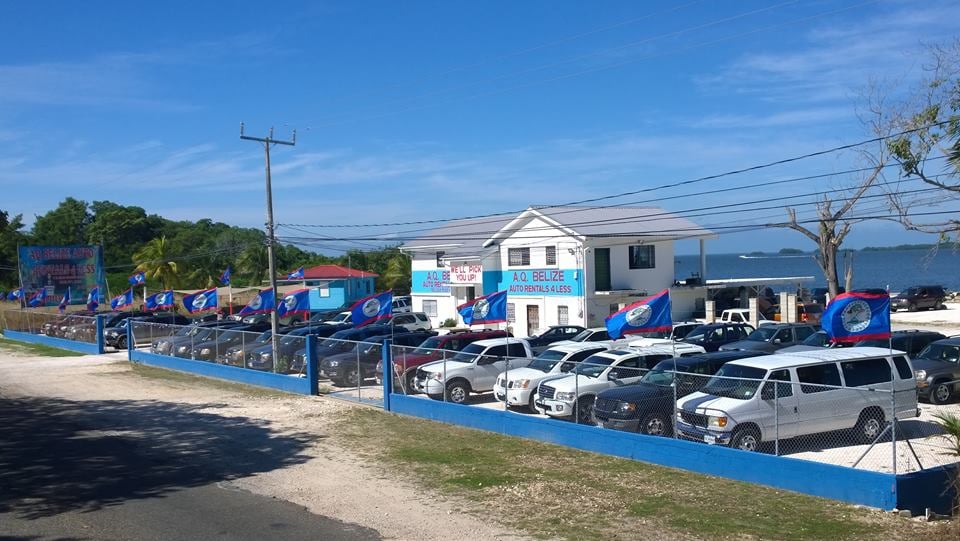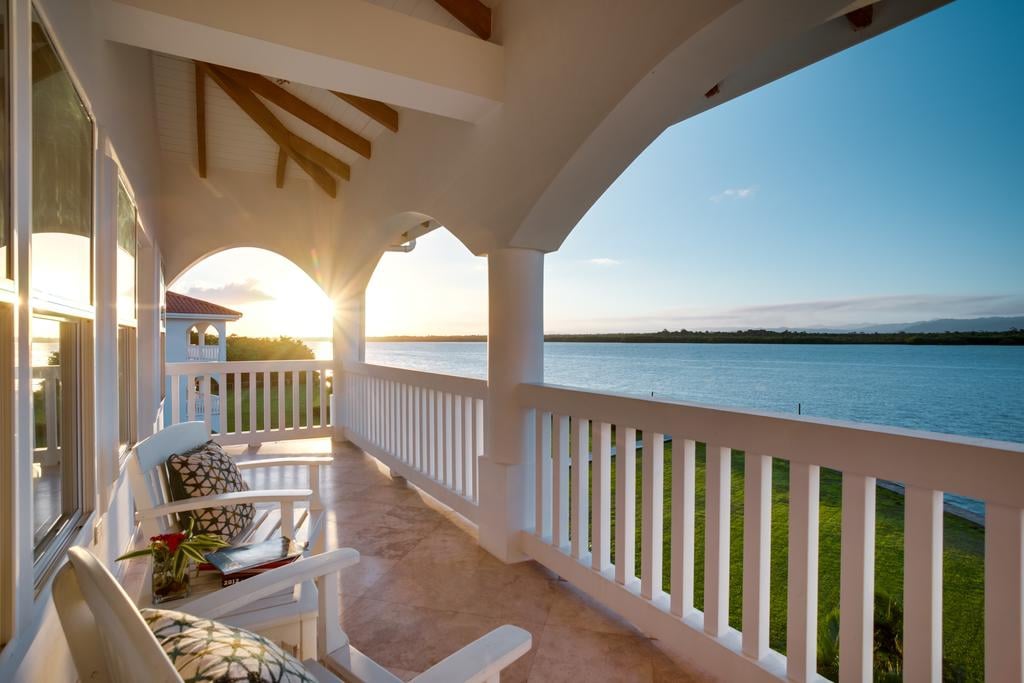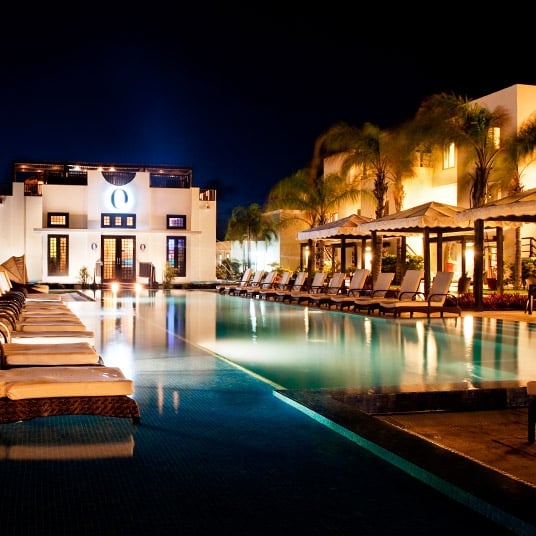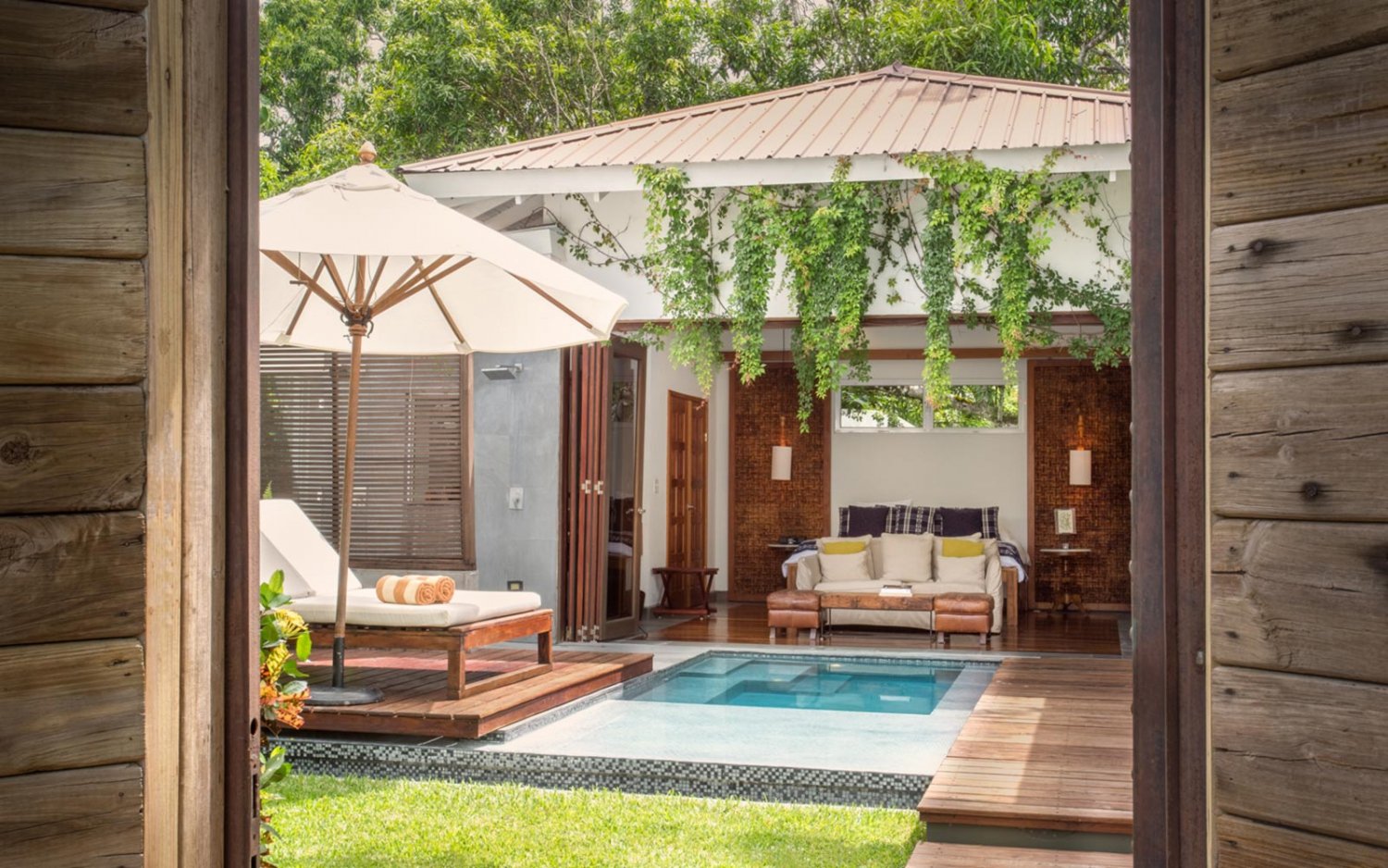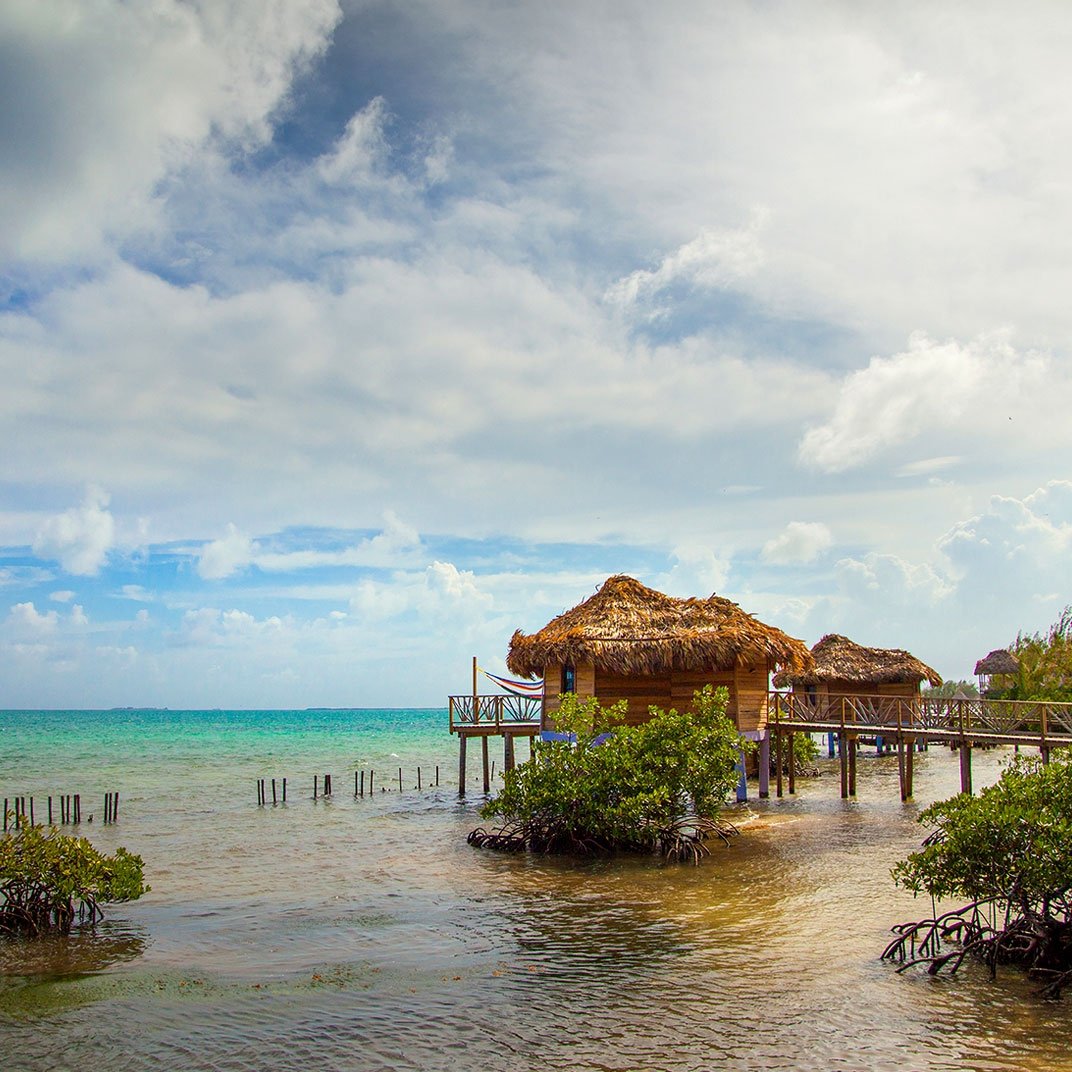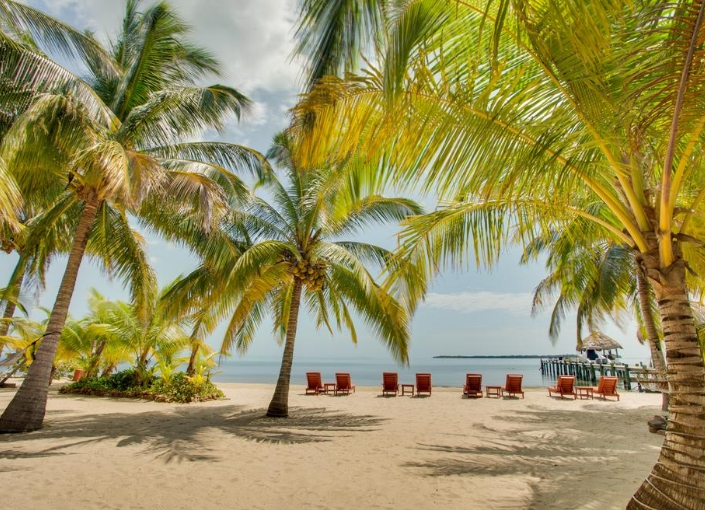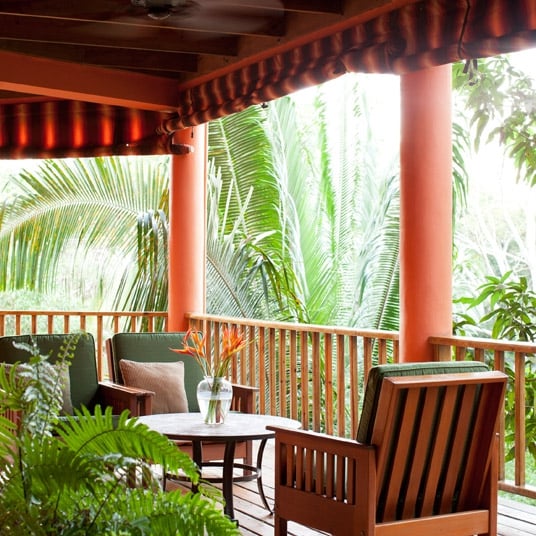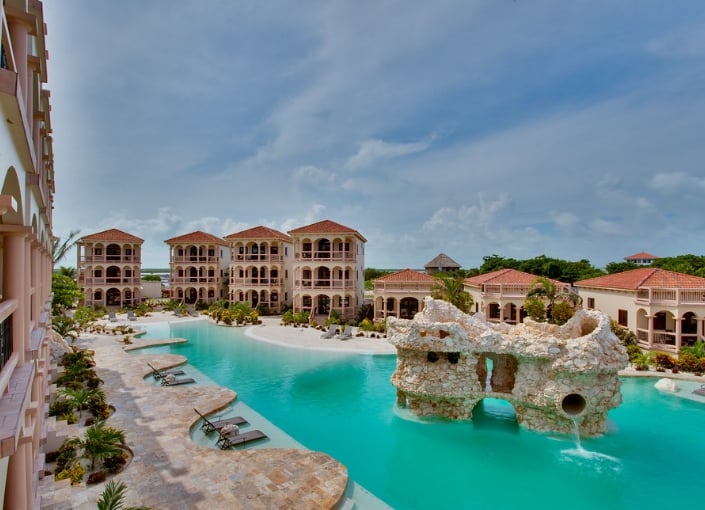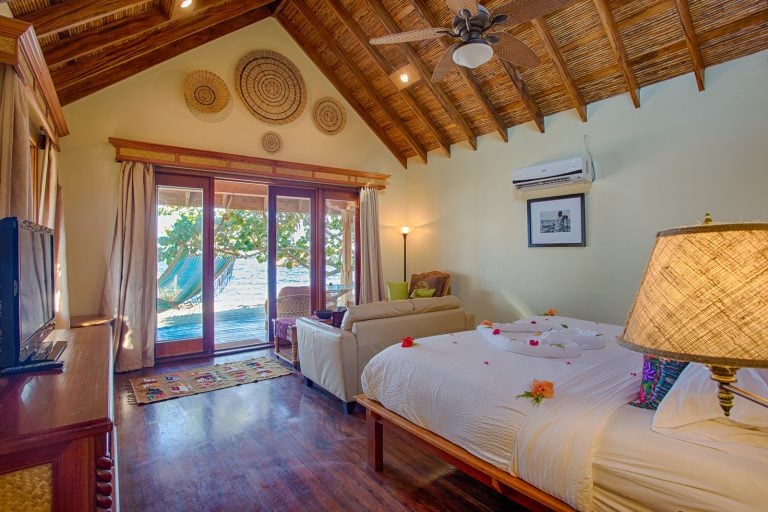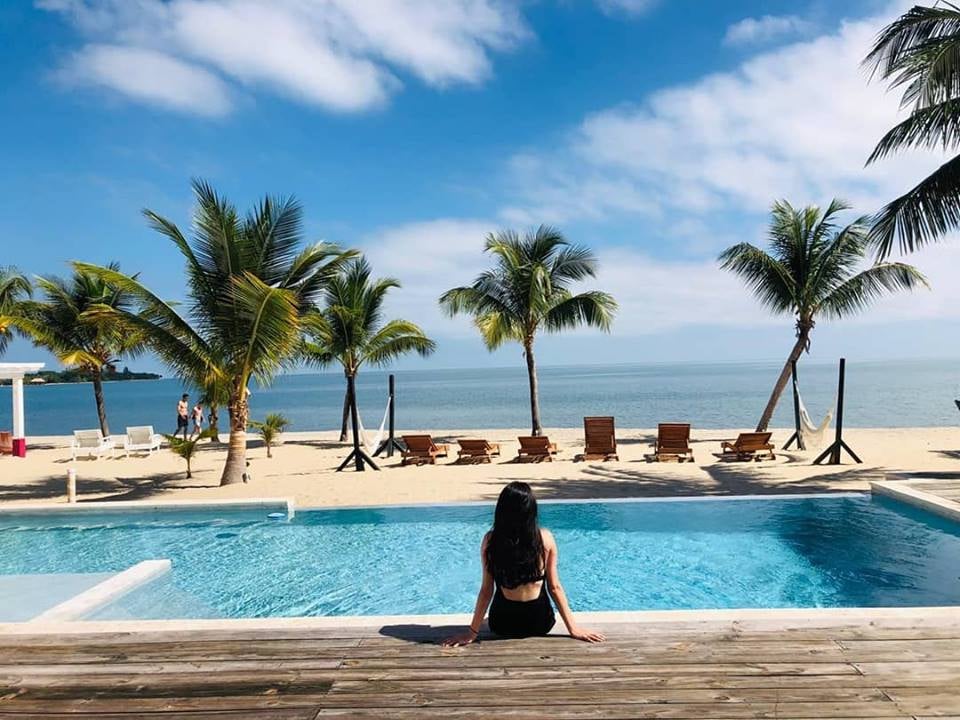Belize Regional Info
Belize has it all and our guide has been designed to help you research and explore with the guidance of Local Experts!
The continental coast of Belize also has a large number of attractive beaches from which you can choose. Placencia Village, Hopkins, and Playa Maya are some of the most popular in the country. In addition to the high seas attractions, these small beach towns also provide easy access to the ancient Mayan sites, national parks, and wildlife reserves.
Going deeper into the mainland of the country, you can find the Maya Mountains, the main destination of Belize for a holiday full of adventure. Thick and healthy rainforests, abundant wildlife, hundreds of bird species, dozens of Mayan ruins, and an extensive system of caves provide nature-loving travelers with a long list of things to do and observe. Hiking, horseback riding, canopy, bird watching, and cave tubing are some of the most popular activities. The northern plains are the least visited areas of the country. Although the amenities are reduced, the ancient Maya site of Lamanai is one of the most exclusive and unique in the country. Likewise, visitors also travel along this region on their route to Mexico.
The vast majority of travelers arrive in the country through the international airport in Belize City. The airport is located on the slopes of the town. Dozens of daily national flights depart from the municipal airport of Belize City, speeding up the trip to different regions in the country. Since Belize is so small, driving is also possible. The main roads in the country are in good condition, although they are not always well marked or illuminated at night.
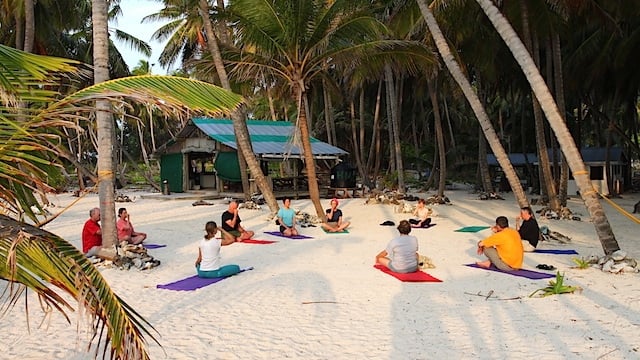
Eating and Drinking Safely
Unlike other Central American countries, clean and potable water can be found here throughout the country and in the vast majority of tourist destinations. In addition, most visitors realize that they will be free to enjoy local food without surfing serious digestive repercussions.
A Geographic Glance of the Country
The total size of the country is 22,960 square kilometers, slightly smaller than the state of New Hampshire in the United States. It is the second smallest country in all of Central America after El Salvador. Belize's landscape includes a dense and healthy tropical rainforest, farmland, the Mayan Mountains, beautiful beaches, and countless islands formed by atolls on the high seas.
Since independence was won in 1981, the government has taken a proactive approach by conserving its natural resources through a wide variety of proactive measures. Approximately 100 different protected areas have been established, including bird reserves, archeological sites, national parks, wildlife sanctuaries, and marine reserves. In total, including marine and land resources, more than 10 million acres are under some kind of conservation management, making up approximately 26 percent of the nation's total territory.
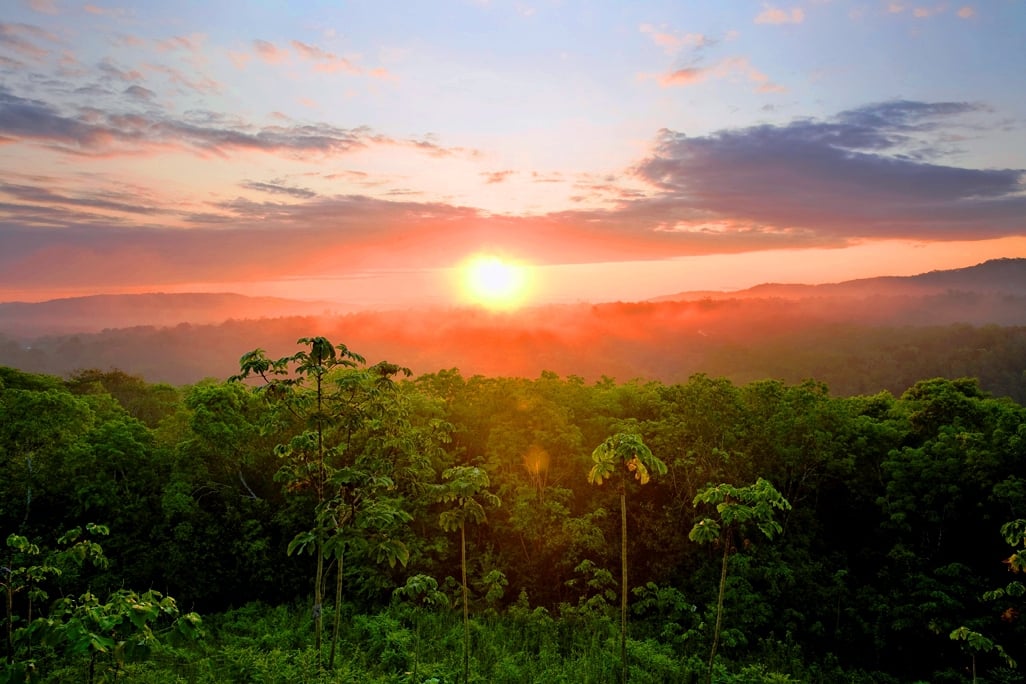
Seasonal and Climate Meteorological Patterns
Belize's climate can generally be described as tropical or sub-tropical, with average temperatures that oscillate very little throughout the year. The coolest months tend to occur from November to January, with a maximum temperature along the coast of 24 ° C, while the warmer months extend from May to September, where a maximum of 28 ° C is experienced. Thanks to the ocean breeze, the weather on the islands and along the coastline is considered quite comfortable throughout the year. The hills of the Maya Mountains, with their highest point located 1,124 meters above sea level, often experience cooler temperatures, especially at night.
Visiting Belize
The continental coast of Belize also has a large number of attractive beaches from which you can choose. Placencia Village, Hopkins, and Playa Maya are some of the most popular in the country. In addition to the high seas attractions, these small beach towns also provide easy access to the ancient Mayan sites, national parks, and wildlife reserves.
Going deeper into the mainland of the country, you can find the Maya Mountains, the main destination of Belize for a holiday full of adventure. Thick and healthy rainforests, abundant wildlife, hundreds of bird species, dozens of Mayan ruins, and an extensive system of caves provide nature-loving travelers with a long list of things to do and observe. Hiking, horseback riding, canopy, bird watching, and cave tubing are some of the most popular activities. The northern plains are the least visited areas of the country. Although the amenities are reduced, the ancient Maya site of Lamanai is one of the most exclusive and unique in the country. Likewise, visitors also travel along this region on their route to Mexico.
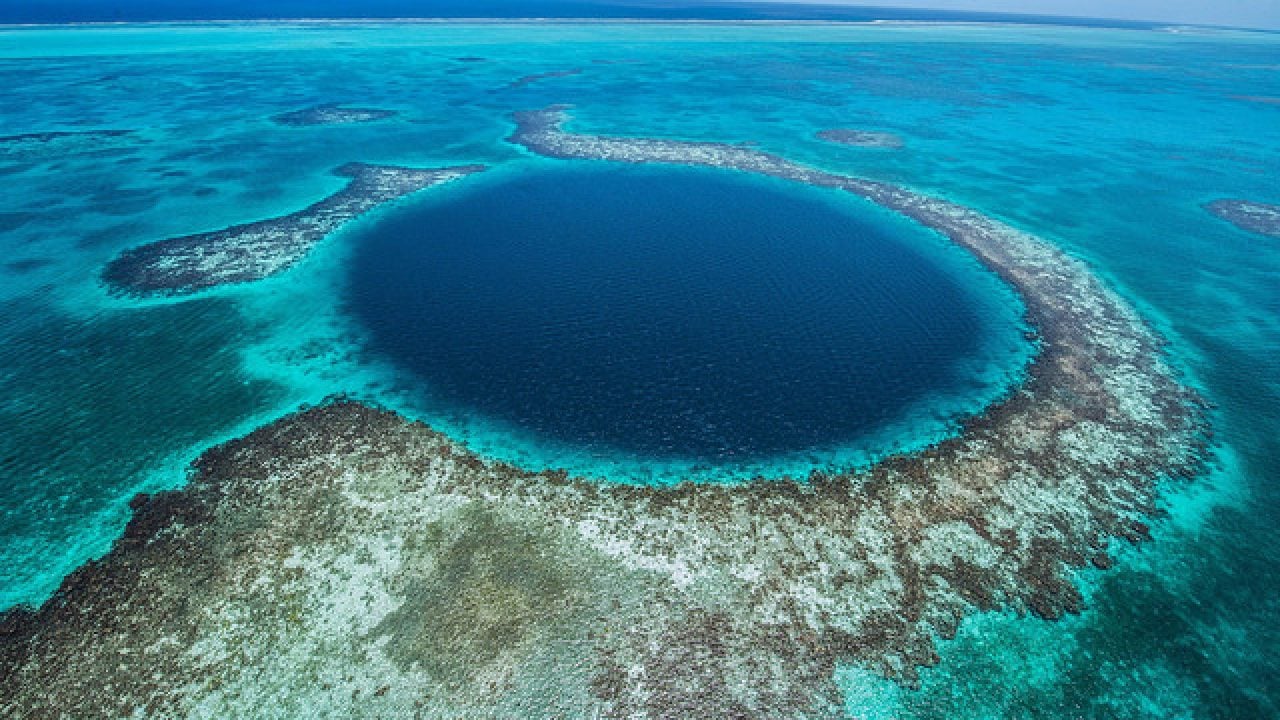
The vast majority of travelers arrive in the country through the international airport in Belize City. The airport is located on the slopes of the town. Dozens of daily national flights depart from the municipal airport of Belize City, speeding up the trip to different regions in the country. Since Belize is so small, driving is also possible. The main roads in the country are in good condition, although they are not always well marked or illuminated at night.
Seasonal and Climate Meteorological Patterns
Belize's climate can generally be described as tropical or sub-tropical, with average temperatures that oscillate very little throughout the year. The coolest months tend to occur from November to January, with a maximum temperature along the coast of 24 ° C, while the warmer months extend from May to September, where a maximum of 28 ° C is experienced. Thanks to the ocean breeze, the weather on the islands and along the coastline is considered quite comfortable throughout the year. The hills of the Maya Mountains, with their highest point located 1,124 meters above sea level, often experience cooler temperatures, especially at night.
Normally, the dry season (or season) runs from January to May, while the wet period is from June to December. However, changes in global climate patterns have uprooted these trends in recent years, making the weather more difficult to predict. The rainy season is generally characterized by increased humidity and periodic downpours, where the southern part of Belize receives much more rainfall.
Historical Synopsis
The 2012 census reported that Belize has a population of 324,000. Almost half of the residents live in urban areas including Belize City, San Ignacio, Belmopan, Orange Walk, and San Pedro. The rest of the population resides in rural villages, remote islands, and small communities scattered throughout the countryside.
Belize was once dominated by the Mayan civilization, with approximately 2 million Mayans living together throughout the country. As populations began to shrink in the 900th century CE, the Maya managed to last quite well until the late 16th and 17th centuries when European colonizers arrived, bringing with them a rush of new diseases. The indigenous Maya communities that still exist today are the Mopan, Yucatec, and the Q'echi ', who mainly inhabit southern Belize and are dedicated to subsistence farming. The official language of Belize is English, although in the country you will also be able to listen to Spanish, as well as Kriol, a dialect based on English derived from various African languages.
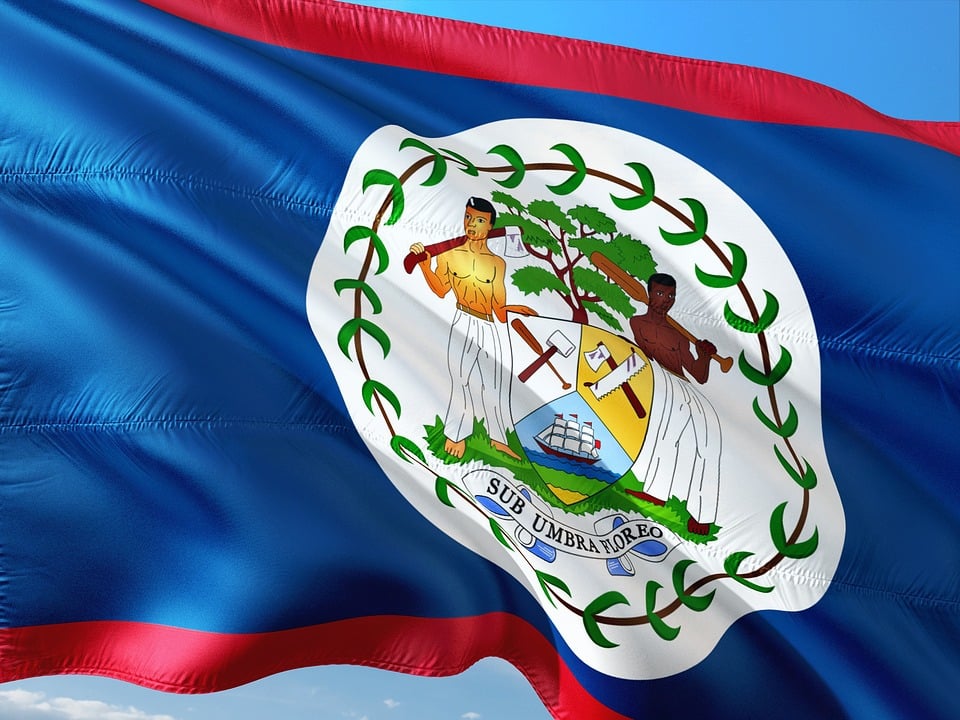
Culture and society
Currently, the Mestizo population, those with Spanish and Mayan ancestry, make up more than 50% of the total population of Belize. Mestizos are predominantly Spanish speakers and inhabit the northern region of Belize, including Corozal and Orange Walk. A huge mestizo population also inhabits Ambergris Caye and the Maya Mountains region around Belmopan and San Ignacio.
In addition, Belize also hosts a significant Creole population (21 percent) and a smaller Garifuna population (4.6 percent). The Garifuna, who are composed of a mixture of African and Caribbean ancestry, mainly live along the southern part of the Caribbean coast in the communities of Hopkins, Placencia Village, and Punta Gorda. They are proud of their heritage and are famous for their traditional drumming.
Finally, Belize is also home to approximately 10,000 German-speaking Mennonites that inhabit the northern plains. Belizean Mennonites can be found in these areas using their typical clothing and driving horse carriages. The Mennonites have developed some of the most advanced agricultural techniques employed in Belize and produce a considerable portion of the country's agriculture.



